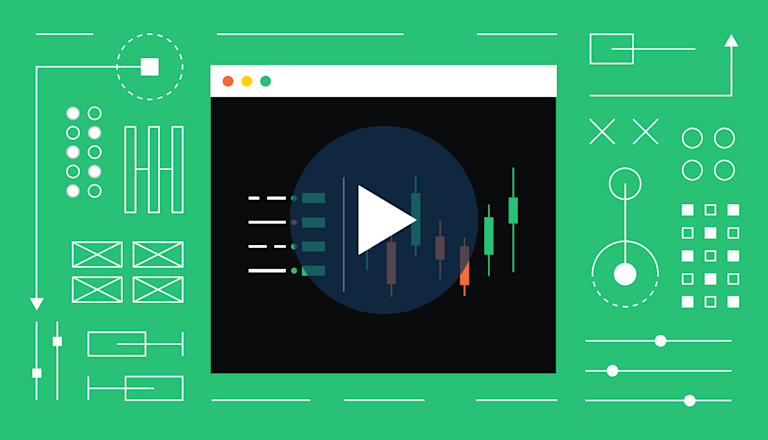What is a grid trading bot and how does it work?

Grid trading bots automate the process of buying and selling cryptocurrencies within a predetermined price range.
They are designed to yield returns from market volatility and can operate 24/7, eliminating the need for constant human monitoring.
While they can serve as a beneficial instrument for users, it's important to understand how they work and the risks involved.
What is a Grid Trading Bot?
A grid trading bot is a software program that automates the process of buying and selling cryptocurrencies. It operates based on a strategy known as grid trading, which involves setting up a series of buy and sell orders at predetermined price levels, forming a grid-like structure. The bot processes these transactions when the price of the cryptocurrency hits the set levels, aiming to yield returns from the price fluctuations within the grid.
Grid trading bots are designed to work 24/7, which can be particularly beneficial in the cryptocurrency market that operates round the clock. They aim to eliminate the need for constant human monitoring and can help avoid emotional transaction decisions.
How Does Grid Trading Work?
Grid trading is a systematic strategy that involves setting multiple predetermined price levels for buy and sell orders. These orders are automatically processed when the price touches the set levels. The strategy is designed to yield returns from market volatility, making it suitable for both trending and sideways markets.
The grid is set up with a series of price levels, or 'grids', each with a corresponding buy or sell order. When the price drops to a lower grid, a buy order is processed. Conversely, when the price rises to an upper grid, a sell order is processed. This continuous cycle of buying low and selling high aims to yield returns.
Key Parameters in Grid Trading
There are several important parameters in grid trading that users need to understand:
Upper and Lower Limit Prices: These are the highest and lowest prices within the grid where the bot will process transactions. They are typically set based on historical data or market analysis.
Number of Grids: This refers to the number of price levels within the grid. The more grids there are, the higher the transaction frequency.
Single-Grid Yield: This is the return generated from each grid, calculated by dividing the price difference of each grid by the interval price.
Risks and Considerations
While grid trading bots can serve as a beneficial instrument, they are not without risks. The main risk is that the market price moves outside the set upper and lower limits of the grid. In such cases, the bot will stop processing transactions, potentially leaving open positions that could result in losses.
It's also important to note that while grid trading bots aim to eliminate emotional transaction decisions, they still require careful setup and monitoring. Users need to set the right parameters based on their risk tolerance and market analysis, and regularly review and adjust these parameters as market conditions change.
Grid Trading Bots in Action
There are several platforms that offer grid trading bots, allowing users to automate their transaction strategies. These bots can be customized based on the user's preferences, including the choice of cryptocurrency, the size of the grid, and the amount to allocate to each transaction.
Once set up, the bot will monitor the market price of the chosen cryptocurrency and process transactions based on the set parameters. It will continue to do so as long as the market price stays within the grid, aiming to yield returns from the price fluctuations.


